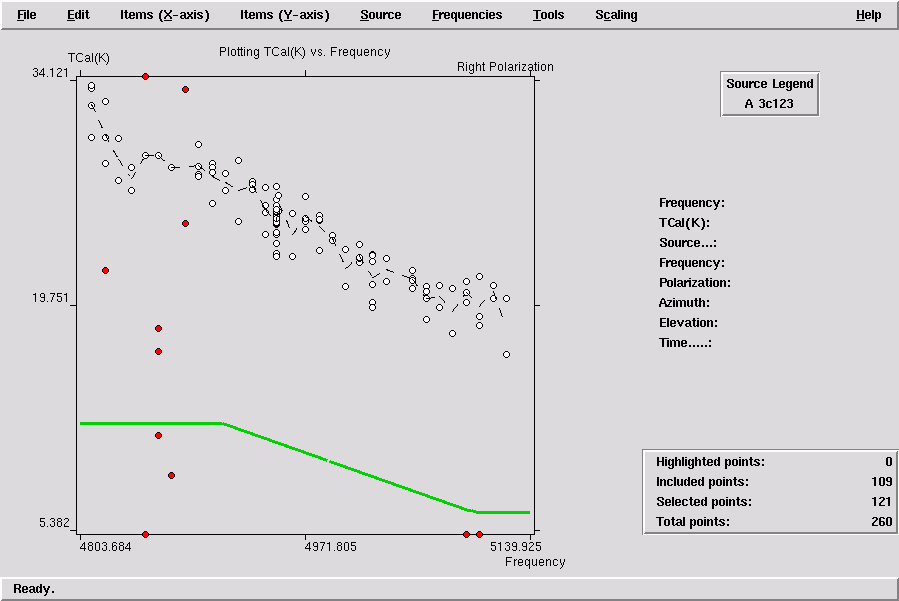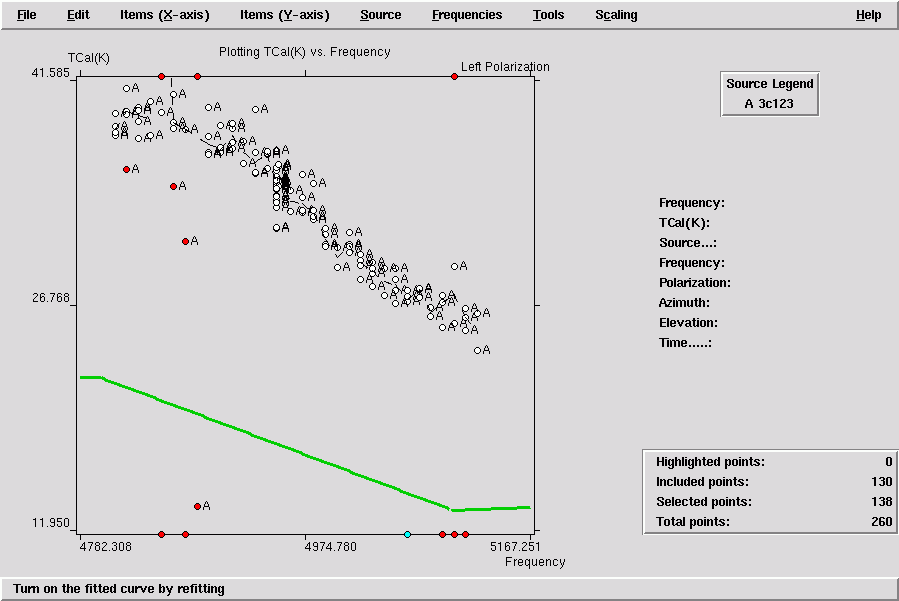
Reply from Torun (by Kaz) Questionnaire for EVN-TOG meeting at Noto, 4.12.2006 Please provide some short but detailed info to the points below. Mention also problems. This should help shorten the meeting and improve the feedback. I will present a summary in the form of a general overview of the results of this questionnaire which could be the basis of a discussion about the strategies we should follow to insure robust and reliable operation. Please send the filled out questionnaire back to me no later than November, 29. 1) Checks done before the session a) Availability and state of recording media (DPs) b) Functionality of Mk5 recorder c) GPS - H-maser data d) Condition of receivers 2) Checks done before each frequency session a) General check by calibration of system temperature in the band using a stronger calibrator. This procedure relies on measuring the peak flux in terms of attenution necessary to compensate the peak and then calculating Tsys using known antenna sensitivity (K/Jy). b) Phase-cal system is connected and providing proper signal level. c) Cooling system for the band operates as expected. 3) Checks done before each observation For this task we have a special check-up list which applies also for each new operator on duty for VLBI observing (as well as for other projects). It envelopes as many as 36 items and includes the following checks: a) LO frequency settings b) Detailed IF setting (IF distribution switch) c) Pointing offsets (software ones, those for the feeds used and the telescope lookup table) d) BBC levels and lock f) State of phase-cal according to schedule (on/off) g) State of attenuators (IF, A and C channels, cal signal) h) Time of formatter, FS and GPS i) Sync of formatter j) GPS-H data are being recorded k) State of dewars L, C1, C2a, C3b 4) Checks typically done during observations No special procedures are carried during an experiment except that the operator is repeatedly checking various indices being continually displayed on 4 monitors. These include: a) Telescope state (position, velocities, date, time) b) FS output (BBC states, Tsys) c) Mk5 recorder behaviour When new operator comes for his shift, he is obliged to make a complete run through the check list described in item 3) above [abbreviated tere to points a) through k)] and record his notes in the observations notebook 5) Tasks for calibration performed Besides Tsys checks [as mentioned in item 2) above] periodically we check the telescope sensitivity relying on Tcal (on/off source, on/off Tcal) and flux density of observed source. Absolute calibrations are done only when need arises and technique depends strongly on the frequency (using Moon, planets, hot/cold sources). So far we could not put trust in the Tcal obtained from CL experiments and gnplt 'machinery' (because of inconsistent values of Tcal, DPFU and Tsys and/or sensitivity). CL are thus used mainly to get Tcal in arbitrary units (about twice as small as one would expect, i.e. values are about doubled) as a function of frequency, which after rescaling (to approximate previous data in a reliable range) are inserted manually into the rxg files. As I understand, this is not typical situation in EVN, and may be specific only to Tr or VLBA P+G terminal(?). Dave may remember some of these problems, since he has helped us in dealing with the situation. Just for your information I add to this questionnaire two figures obtained from this session CL06C3 experiment, TrCL06C3-Tcal-RCP.gif and TrCL06C3-Tcal-LCP.gif captured of GNPLT, which show the inconsistency, green lines representing the 'good' data taken actually from the rxg file. If one replaced them with the fitted data (broaken lines), one would get evidently by far too high Tsys (or would have to rescale DPFU to unrealistically low values).

